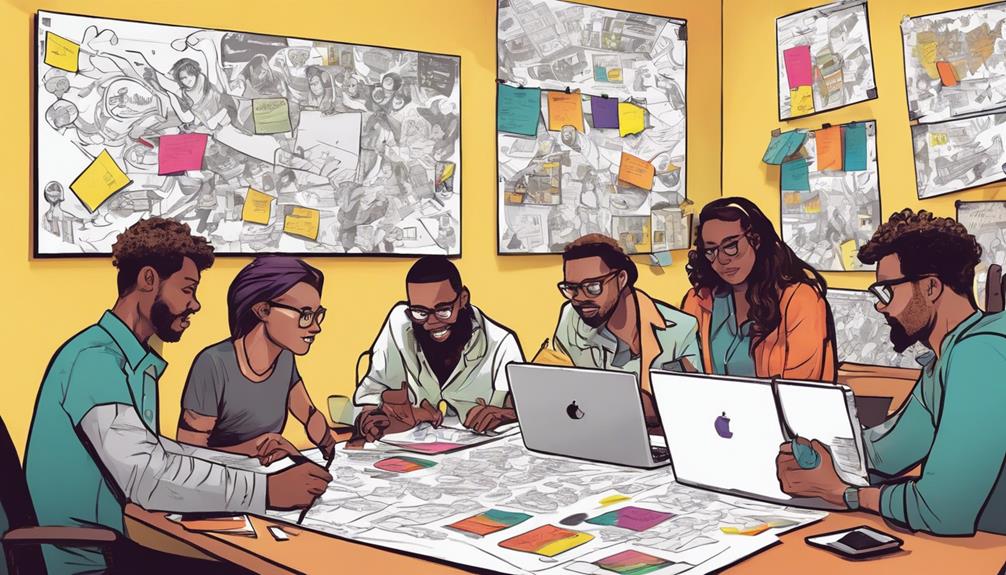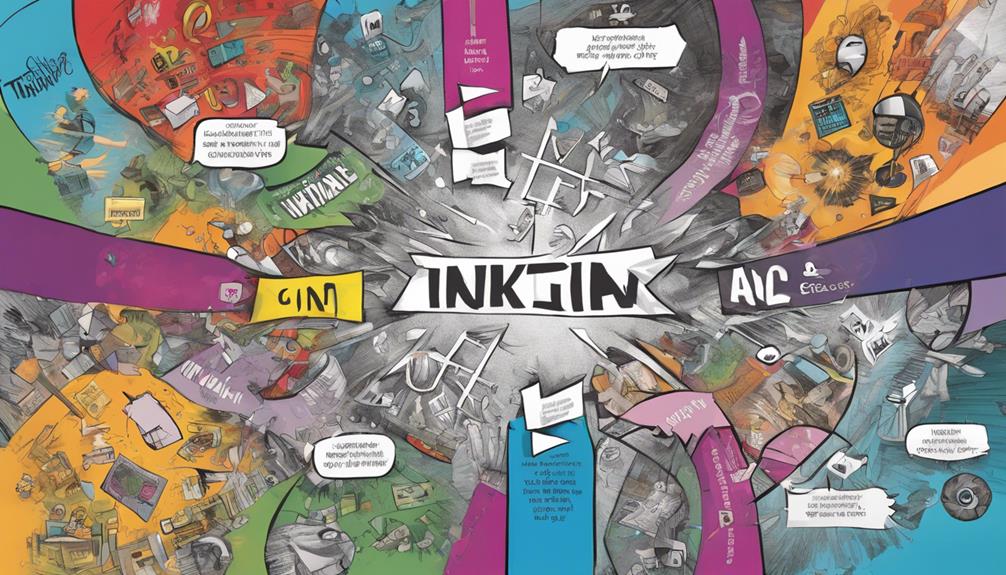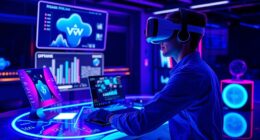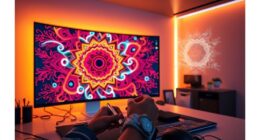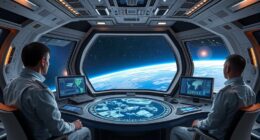Boost your business with design thinking! Understand user needs, create innovative solutions, and align products effectively. Improve customer satisfaction, identify pain points, and reduce time to market. Success stories show the power of design thinking in transforming products. Implement it to drive growth, gain insights, and streamline new product creation. Achieve a competitive edge through higher customer satisfaction. Discover how design thinking can elevate your business!
Key Takeaways
- Understand user needs effectively to create user-centered solutions.
- Develop innovative products by focusing on customer preferences and pain points.
- Reduce time to market for new products through streamlined design processes.
- Achieve higher ROI by aligning product development with design thinking principles.
- Gain a competitive edge by addressing user needs and enhancing customer satisfaction.
Key Benefits of Design Thinking
Embrace the transformative power of design thinking to reveal numerous advantages for your business. Design thinking focuses on understanding user needs and developing innovative solutions that cater to customer needs. By aligning your product development process with the principles of design thinking, you can create user-centered solutions that resonate with your target audience.
This approach not only helps in reducing development costs and risks but also fosters a collaborative environment where cross-functional teams work together efficiently.
By incorporating design thinking into your business strategy, you can drive innovation and productivity, leading to increased customer satisfaction and loyalty. This, in turn, can give you a competitive advantage in the market by offering products and services that truly meet the needs of your customers.
Embracing design thinking can revolutionize your approach to problem-solving and propel your business towards success.
Components of Design Thinking
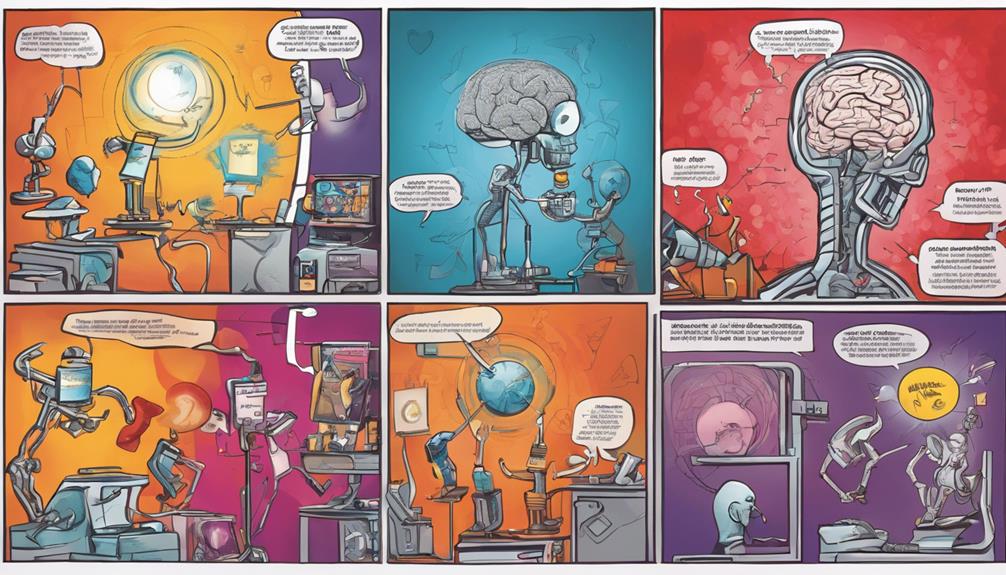
To effectively implement design thinking in your business, it is essential to understand the key components that make up this innovative problem-solving approach. Design thinking involves empathizing with the end user, defining the problem, generating ideas, creating solutions, and testing them. By better defining user needs and human needs, the design team can create solutions that truly address the challenges faced in the business world. Below is a breakdown of the components of design thinking:
| Component | Description |
|---|---|
| Empathizing | Understanding the end user's perspective and needs |
| Defining the Problem | Clearly outlining the challenges to be addressed |
| Generating Ideas | Brainstorming creative solutions to the defined problem |
| Creating Solutions | Developing prototypes and viable solutions |
| Testing Solutions | Iteratively testing and refining proposed ideas |
Business Advantages of Design Thinking

Implementing design thinking in your business can lead to numerous advantages that can positively impact your bottom line.
By incorporating a better design thinking process, you can address user needs more effectively, leading to the creation of innovative solutions that resonate with your target audience.
Identifying pain points through design thinking allows you to develop products and services that truly cater to customer preferences, ultimately boosting customer satisfaction and loyalty.
Additionally, businesses utilizing design thinking experience a significant reduction in time to market for new products, enabling you to stay ahead of the competition and generate revenue quicker.
This streamlined approach not only saves time but also saves money, with organizations embracing design thinking seeing a higher return on investment compared to those that overlook this methodology.
Embracing design thinking can transform the way you approach challenges, ultimately resulting in a more successful and customer-centric business.
Success Stories in Design Thinking
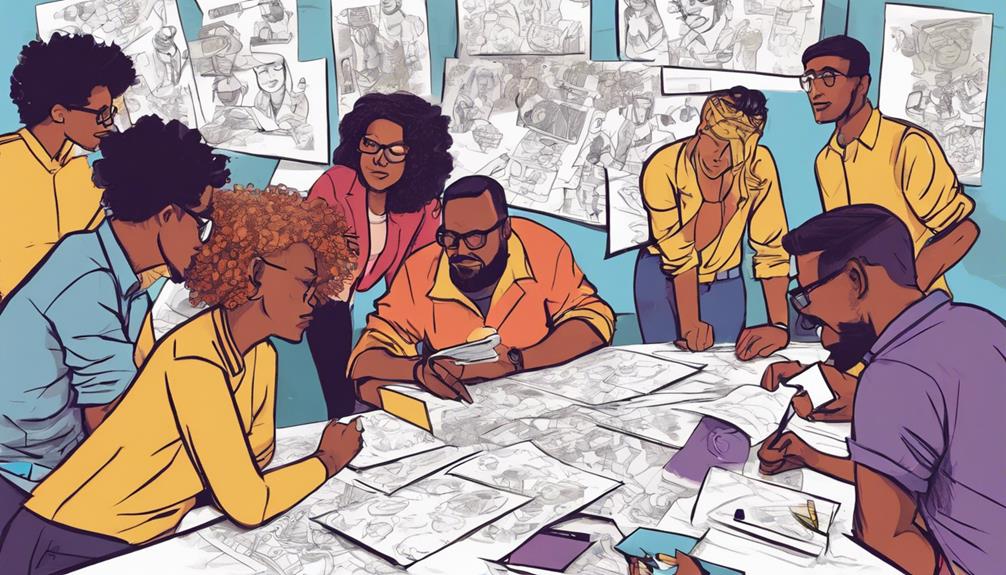
Several companies have achieved remarkable success by applying design thinking principles to innovate their products and services.
For instance, GE Healthcare utilized design thinking to make MRI machines more child-friendly, ensuring a less intimidating experience for young patients.
Similarly, Oral B leveraged design thinking methodologies to enhance the user experience of their electric toothbrushes, resulting in more effective and user-friendly products.
By keeping real users at the center of the design and development process, companies have seen significant improvements in customer satisfaction and product usability.
These success stories highlight the effectiveness of design thinking in not only meeting user needs but also exceeding expectations regarding user experience.
In various industries, design thinking strategies have proven instrumental in enhancing patient satisfaction, creating impactful products, and driving new business opportunities.
These examples showcase the power of empathy-driven solutions in achieving success through innovative design thinking approaches.
Implementing Design Thinking in Business

By integrating design thinking into your business practices, you can access a world of innovative possibilities and drive substantial growth.
When applying design thinking, the focus shifts to understanding the user and meeting customers' needs effectively. The design thinking process involves empathizing with users, defining the problem, ideating solutions, prototyping ideas, and testing them. This iterative approach guarantees that the best solution is developed to address the user's requirements.
When implementing design thinking, consider leveraging social media to gather insights directly from users. This step can provide valuable feedback to refine your ideas and align them with customer expectations.
By incorporating design thinking principles, businesses can streamline the creation of new products, reducing time to market significantly. This agile method not only boosts revenue growth but also enhances employee engagement levels within the organization.
Embracing design thinking can be the key to successfully launching new products and services, ultimately leading to higher customer satisfaction rates and a competitive edge in the market.
Frequently Asked Questions
What Are the Key Benefits of Using Design Thinking in Business?
When you implement design thinking in business, you elevate innovation, foster customer loyalty, enhance problem-solving, and reduce costs and risks. Your team's creativity flourishes, driving success and ensuring a customer-focused approach.
What Are the Advantages and Disadvantages of Design Thinking?
Understanding the advantages and disadvantages of design thinking is vital for your business. It fosters innovation, enhances customer satisfaction, and promotes collaboration. However, it may lead to longer project timelines and resistance to change in traditional business models.
Why Is Design Thinking so Effective?
You know why design thinking works like magic? It sparks innovation, boosts creativity at all levels, and fosters team collaboration. By focusing on efficiency and real user needs, it keeps your business ahead of the curve.
How Can You Use Design Thinking for a Better Business Strategy?
To use design thinking for a better business strategy, start by understanding customer needs, fostering creativity, and promoting collaboration. Identify problems, innovate solutions, and prioritize customer satisfaction. Embrace diverse perspectives for effective problem-solving and cost reduction.
Conclusion
To wrap up, incorporating design thinking into your business strategy can revolutionize the way you solve problems, innovate, and connect with customers.
The possibilities are endless, and the impact on your bottom line is astronomical.
So why wait? Dive headfirst into the world of design thinking and watch your business soar to new heights!
